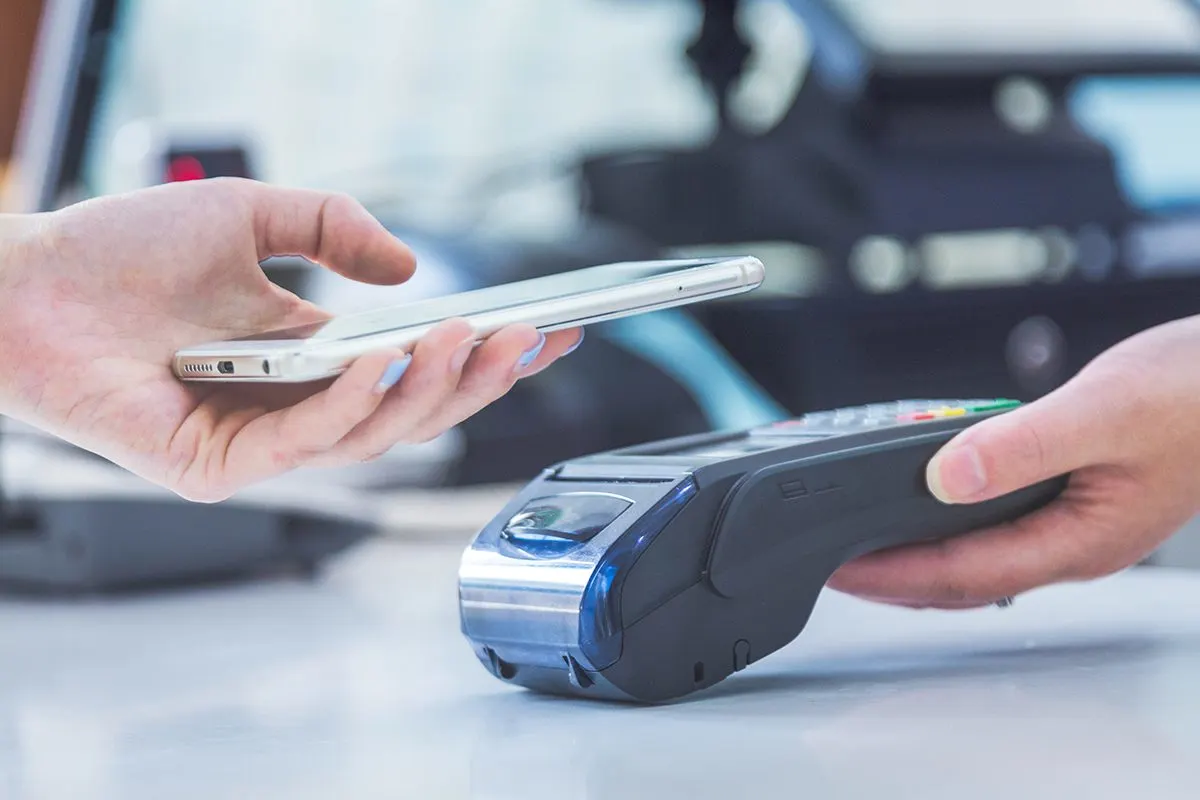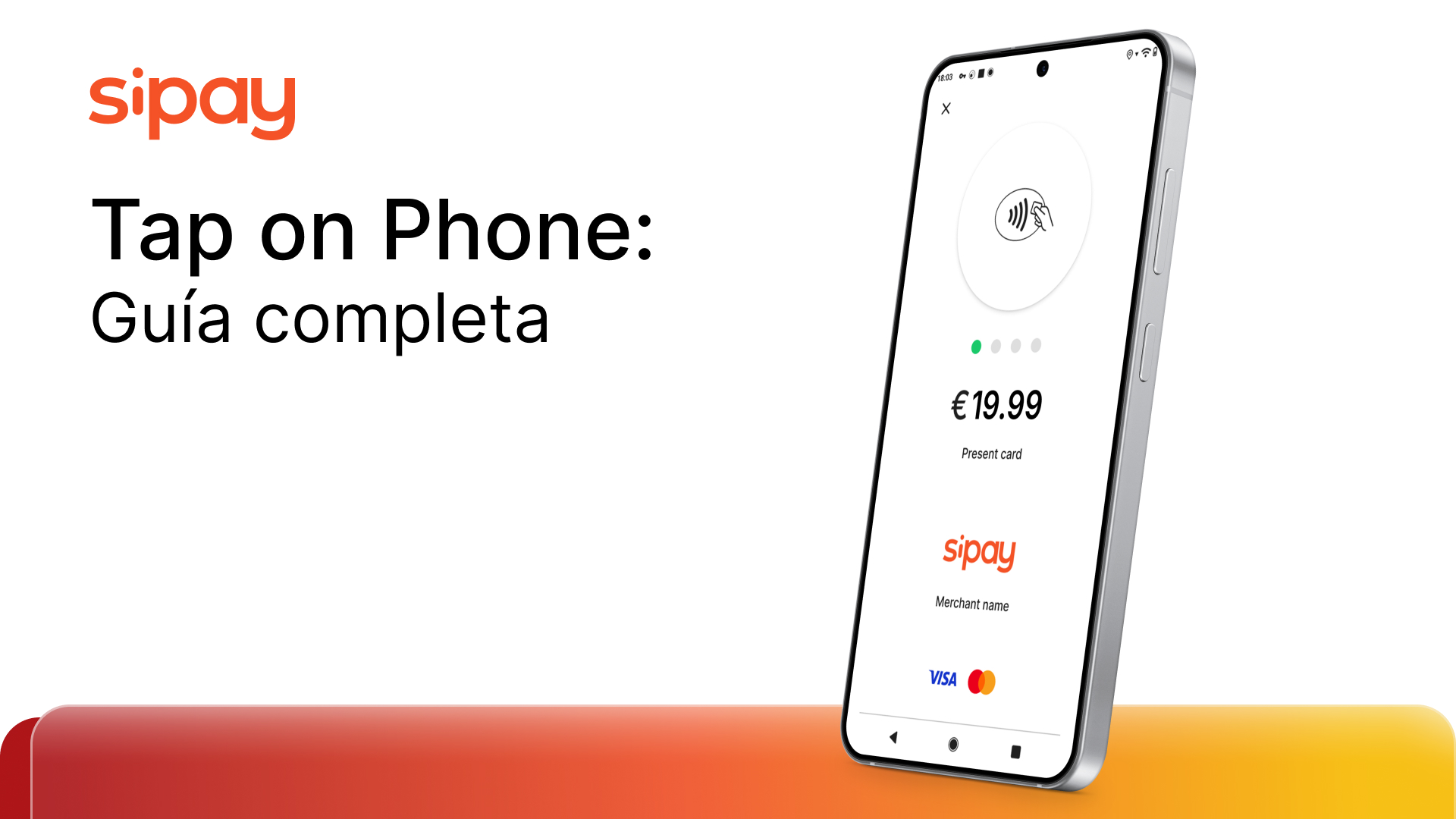Studies reflect that the consumption habits and the way that the customers used to buy are changing. In the recent years, has increase the time which every customers is on the Internet and the usability of the different mobile devices are ever increasing and they are present in every daily users’ activities (work, sleep, eat, etc).
The mobile payments sector has also changed to suit customers’ demand. Studies shows that we are heading to an outlook where the majority of the purchases will be made through the ecommerce, according to one of the studies from the National Observatory of Telecommunications expected that in 2015 the 33% of Spanish people will make their shopping online.
Between the payments methods that we can find through the Internet, Mobile Commerce is been positioning like the alternative paying way nowadays and the future, considering a Juniper Research is expected that in 2017 more than 2.000 millions of users will make some transaction through their Smartphone or Tablet. Even so, paying with the Smartphone is becoming the payment method of the future, the 58% of the Spanish customers search and buy with their mobile phones, as we can see in the research made by OBS Online Business School, where we can also show that the use of the mobile phone as a wallet will increase, because Spain is from all Europe the country with the highest penetration rates in the use of Smartphone, the 57% have one.
The challenges that may arise for the future for companies and payment methods industry are:
- Know the client, meet their needs and give respond to the customers’ demands to offer customized services.
- Develop payment methods which simplify the shopping process, based on innovation and the new available channels with secure operations.
- Define an omnichannel payment strategy where the offline and online channels are integrated and complement each other, as it was debated in the II Mobile Congress Edition.
The enterprises must being conscious that there is a lot to know about the customers, 73% of the purchases are started in the online shop and are finish in offline shop. It might be possible that in the next years customers will have migrate and be adapted to the new payment technologies like NFC, biometric authentication, wallets, mPOS, tokenization, etc. We must find the balance to continue improving innovation and simplifying the payment methods, always taking into account all the channels where the customers make their purchases.



